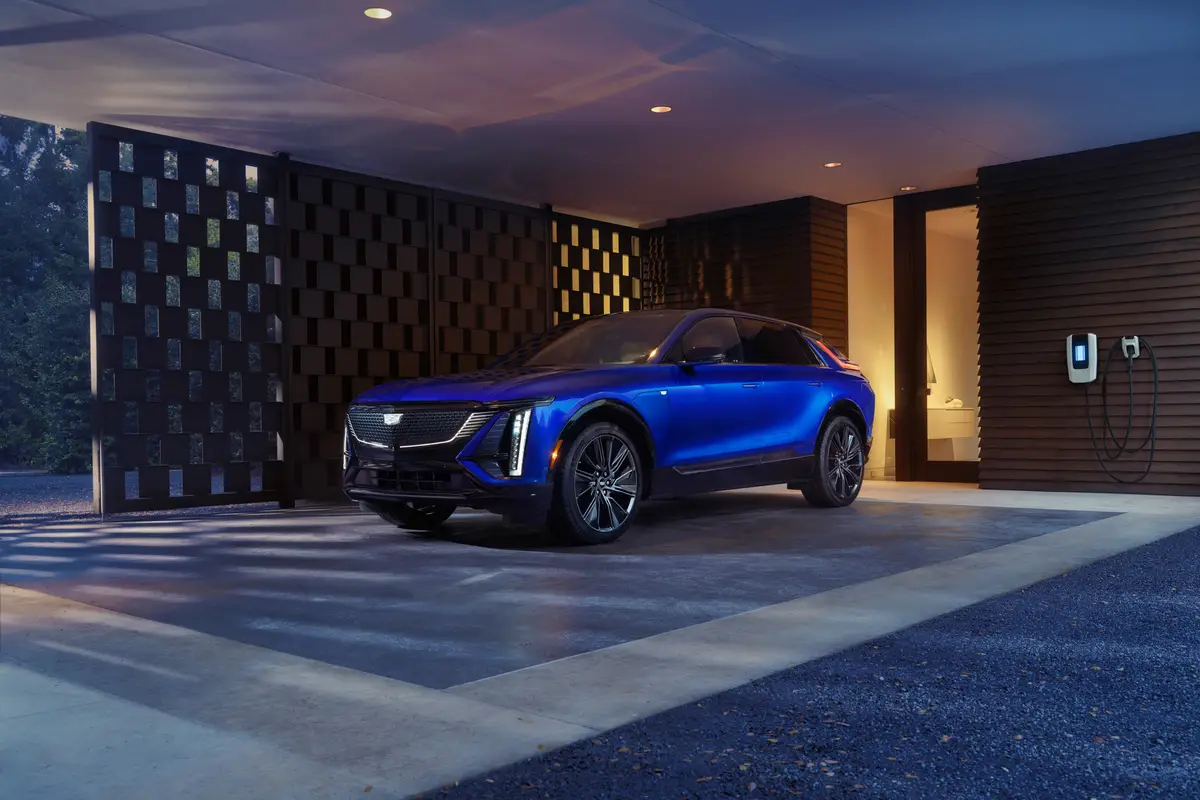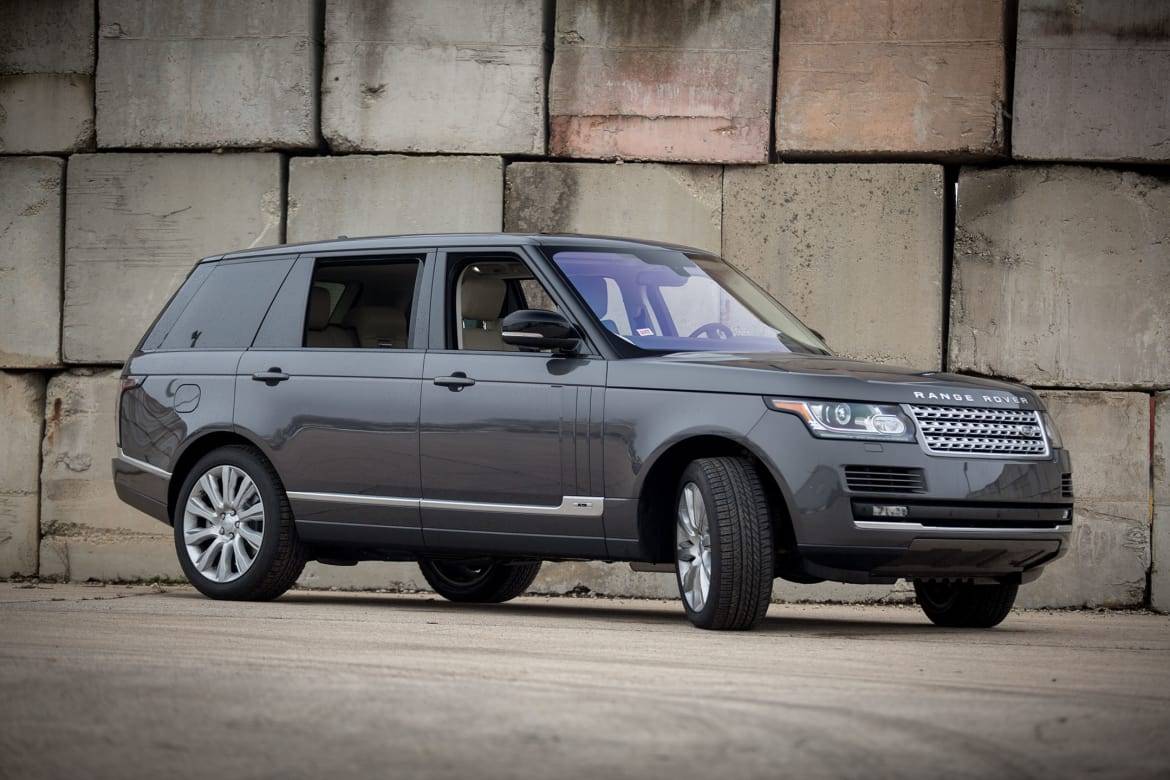Boston.com's view
It was the first appreciable snowfall of the year, and as I eased the Audi allroad quattro up a twisting, steep hillside I saw ahead of me, carved in 5 inches of unplowed snow, the spun, snaking lines that meant trouble just ahead.
Someone was having trouble making the hill and was turning his steering wheel back and forth as his rear tires spun. I rounded the curve and there was the old Pontiac, wheels spinning fiercely even as the car started to backslide. I pulled to the side and stopped on the steep slope. The driver of the Pontiac decided to back down the hill. I touched the gas in the allroad and it crawled forward, steep and snowy not being conditions that challenged its all-wheel-drive system.
In this age of crossovers, of SUVs morphing into station wagons and wagons donning the armor and attitude of SUVs, the allroad quattro is the best of this breed. One minute, it is a low-slung, high-performance car capable of topping 140 miles per hour. The next, it sits as high as a Land Rover Discovery and can be pushed through mud and snow or over protruding rocks on a mountain trail.
Its versatility comes because of a pneumatic suspension system that can be manually set at four different ride heights, from 5.6 inches to 8.2 inches. Further, the allroad monitors what the driver is up to and will not let the car be driven, as many big SUVs so dangerously are, at high speeds while sitting tall.
Roll and pitch are dangerous things at high speeds. Toss in the weight and throwback truck suspensions that have been common to SUVs for years, and it’s a lethal combination. Audi, unlike many other manufacturers of crossover vehicles, flat out says that this is a station wagon with offroad capabilities and that its speed-sensitive height-monitoring system is aimed at safety.
Come from a pounding offroad session where you have been crawling over a tortuous trail, hit 22 miles per hour, and it will begin to lower itself. Hit the highway and top 60 miles per hour for more than 30 seconds and it lowers itself to its most stable crouch.
The allroad is based on the A6 Avant. But its flared wheel arches, scratch-resistant front cladding, molded side protective rails and, should you look underneath, its skid pads, give it away as a different sort of beast.
It’s not a difference you’d detect from inside, however, where leather and walnut trim, firm front bucket seats, a rear bench most comfortable for two (though capable of holding three), and a spacious cargo area, hint at luxury, not adventure.
But in driving the allroad in the Rocky Mountains, on Western highways, and in the early snows of New England, I found it capable of running with some of the best in both worlds.
On a steep trail 11,000 feet up in the mountains of Colorado, I was able to ease the raised allroad up to a boulder, touch the front wheels to the boulder, and then crawl up over it. In slick, red, Rockies mud, its traction control, ABS, and stability control kept it on track even as I tried to induce oversteer.
And commuting in good weather or bad in New England, it was a smooth, fast, and comfortable transporter.
Its power comes from a 2.7-liter, twin-turbo V-6. It’s an engine Audiophiles will recognize from the S4 and A6 models. Its 250 horsepower is evident in a broad torque band that kicks in at just under 2,000 rpms and continues to just above 4,500 rpms.
I drove allroads with both a six-speed manual transmission and a five-speed Tiptronic. I preferred the manual, though the Tiptronic, with its sort-of-manual selection option, performed just fine. The longer-term test of the automatic gave me 17 miles per gallon.
The ride was a bit stiffer than you’d get in a regular Audi, though the suspension is tweaked more toward highway comfort (which is where most of these cars will be driven a majority of the time).
But even in onroad driving, when sloppy weather hits, the allroad will b of great utility, particularly with monitors that look for wheel slippage and can transfer as much as two-thirds of all torque to either front or rear wheels, depending on where the best grip is.
Its specially-developed Pirelli tires (called “allroad”) are not quite aggressive enough for heavy-duty offroad, but again, that’s a tradeoff for the sake of reality.
In fact, reality – from safety concerns over SUVs, the recognition that few SUVs spend much time in grueling offroad conditions, the demand for vehicles that carry lots of people and lots of gear, and the need in many regions for vehicles that handle bad weather well – is the essence of this truly fine automobile.
Nice touch:
The heated steering wheel. Grip it on a bitter morning. That’s reality.
Annoyance:
The spare tire strapped into the cargo bed. It’s spacious back there, but it takes up too much space in an awkward way.
Latest news



